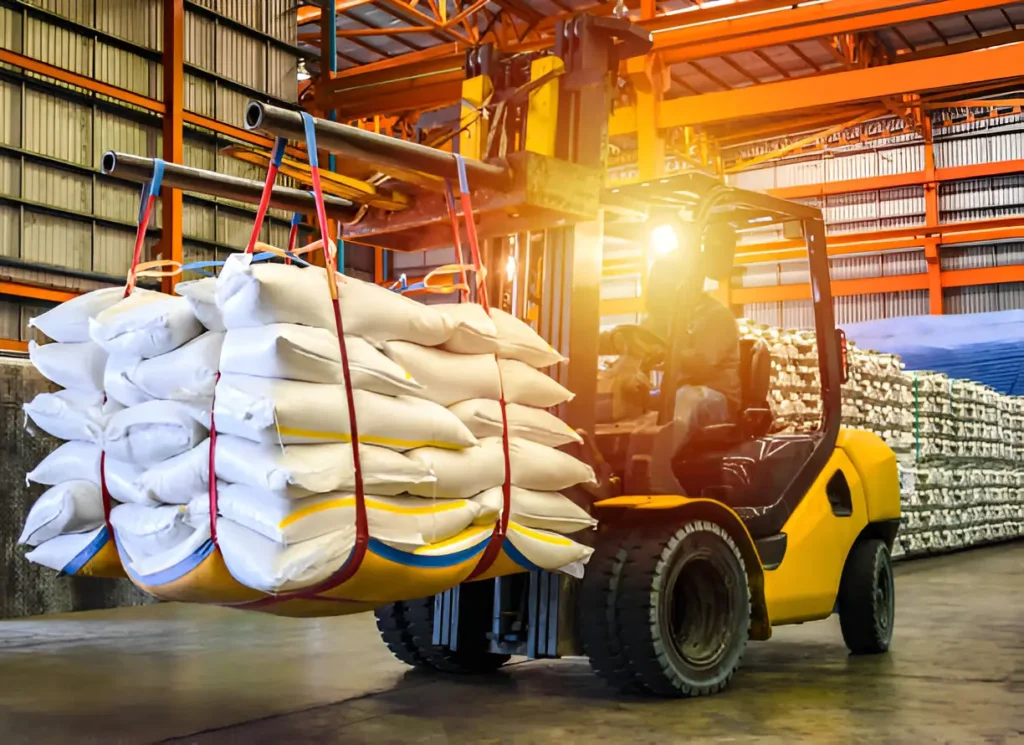For many businesses, especially those in manufacturing, construction, or production, raw materials are the lifeblood of operations. Efficiently shipping these materials from suppliers to your facility isn’t just about moving goods—it directly impacts your production timelines, costs, and overall customer satisfaction. Optimizing raw material shipping can save your business money, reduce delays, and improve operational efficiency. Here’s a comprehensive guide on how to optimize raw material shipping for your business.
1. Understand Your Shipping Needs
Before diving into logistics, take a close look at your raw materials. Consider the type, volume, weight, and frequency of shipments. Are your materials fragile, perishable, or hazardous? Do they require special handling or storage conditions? Understanding these details helps you choose the right shipping methods, packaging, and carriers.
Additionally, map out your supply chain—from the supplier’s location to your facility. Identify potential bottlenecks such as customs clearance, warehouse storage, or transportation routes. This knowledge will guide you in selecting the best shipping strategy.
2. Choose the Right Shipping Method
Shipping raw materials can involve various methods, including sea freight, air freight, road transport, and rail. Each has its pros and cons:
- Sea freight is cost-effective for bulk shipments but slower.
- Air freight is fast but expensive and usually reserved for high-value or urgent materials.
- Road transport offers flexibility and shorter transit times for regional deliveries.
- Rail transport can be a balance between cost and speed for inland shipments.
Selecting the optimal shipping method depends on your budget, timeline, and material requirements. Combining multiple modes, known as multimodal shipping, can also improve efficiency and cost-effectiveness.
3. Partner with Reliable Carriers and Freight Forwarders
Your choice of carrier or freight forwarder can make or break your shipping process. Reliable partners offer timely deliveries, proper handling, and transparent communication. When selecting carriers:
- Check their track record for on-time delivery and damage rates.
- Ensure they have experience handling your specific type of raw materials.
- Look for carriers offering real-time tracking and excellent customer service.
Freight forwarders can also add value by managing customs paperwork, consolidating shipments, and negotiating better rates, especially for international shipping.
4. Optimize Packaging and Loading
Proper packaging is essential to safeguard your raw materials from damage, contamination, or spoilage while in transit. Choose packaging materials that match the specific needs of your goods—such as moisture-resistant wraps, durable wood pallets, cushioned supports, or robust containers.
Efficient loading is equally important. Optimize container or truck space to lower shipping costs per unit, but be careful not to overpack, which can lead to damage or exceed carrier weight restrictions. Utilizing standardized wood pallets and modular packaging not only protects your materials but also simplifies loading and unloading processes, saving valuable time and reducing labor expenses.
5. Implement Inventory and Shipping Software
Technology is a game-changer in optimizing raw material shipping. Inventory management software helps you track stock levels in real time, so you ship only what’s necessary, reducing overstock and shortages.
Shipping software can automate scheduling, label generation, and shipment tracking. Integration with your inventory system creates seamless communication across your supply chain, enhancing accuracy and speed. Some platforms even use AI to suggest the most cost-effective shipping routes and carriers.
6. Negotiate Contracts and Shipping Rates
Shipping raw materials regularly gives your business leverage to negotiate better contracts and rates. Work with your carriers to secure volume discounts or fixed-rate contracts that protect you from price spikes.
Consider consolidating shipments where possible to take advantage of bulk pricing. Also, stay flexible with delivery windows to benefit from lower rates during off-peak periods.
7. Monitor and Analyze Shipping Performance
Optimization is an ongoing process. Regularly review your shipping data to identify trends, inefficiencies, and opportunities for improvement. Key performance indicators (KPIs) to track include:
- On-time delivery rates
- Shipping costs per unit
- Damage or loss rates
- Transit times
- Carrier performance
Use these insights to adjust your shipping strategies, change partners if needed, and optimize routes or packaging methods.
8. Prepare for Risk and Disruptions
Supply chain disruptions can come from weather, strikes, customs delays, or geopolitical events. Having contingency plans in place is crucial. Consider:
- Multiple suppliers or alternative shipping routes
- Safety stock levels for critical raw materials
- Insurance to cover losses during transit
- Clear communication channels with suppliers and carriers
One often underestimated disruption comes from truck accidents. Whether it’s a minor collision or a major road incident, accidents involving freight trucks can delay shipments, damage cargo, and trigger complex legal and insurance challenges. For businesses relying heavily on road transport, having a trusted truck accident lawyer on call is a practical safeguard. An experienced attorney can help you navigate claims, address liability issues swiftly, and ensure your interests are protected in case of disputes. This legal readiness adds another layer of protection to your supply chain strategy.
Planning ahead minimizes downtime and keeps your production on schedule.
In Conclusion
Optimizing raw material shipping is vital for any business relying on timely and cost-effective supplies. By understanding your shipping needs, selecting the right methods, partnering with reliable carriers, and leveraging technology, you can streamline your logistics and reduce costs. Regularly monitoring your shipping performance and preparing for risks further strengthens your supply chain resilience.
Investing time and resources into optimizing raw material shipping pays off with smoother operations, satisfied customers, and a stronger bottom line. Start optimizing today and watch your business run more efficiently tomorrow.
Read more: Elevate Your Living: How to Choose the Perfect Home Elevator
The Ultimate Guide to Online Basketball Betting at GoPlay711
Shower Accessibility: Fresh Approaches for Safer, Smarter Bathrooms


